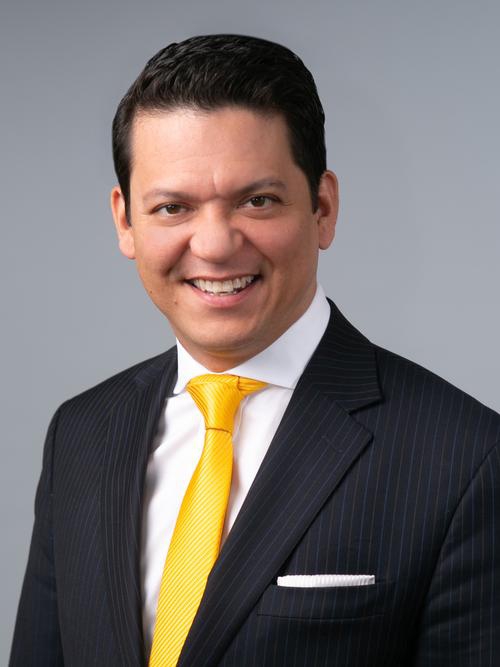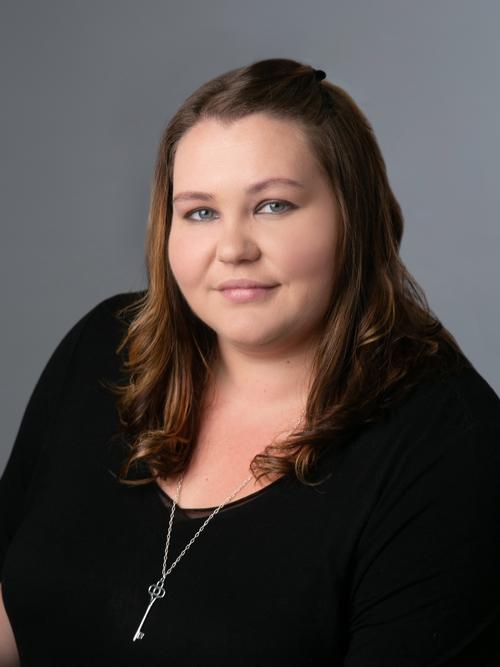 Married couples often face hard decisions when one spouse needs long-term care. While federal laws allow a Medicaid applicant’s spouse to keep a certain amount of shared property and income (known as Medicaid-exempt assets), few people know how much they can keep without jeopardizing a loved one’s benefits. A Medicaid planning attorney explains how couples can maximize their Medicaid exemptions to preserve their homes, bank account balances, and children’s inheritances.
Married couples often face hard decisions when one spouse needs long-term care. While federal laws allow a Medicaid applicant’s spouse to keep a certain amount of shared property and income (known as Medicaid-exempt assets), few people know how much they can keep without jeopardizing a loved one’s benefits. A Medicaid planning attorney explains how couples can maximize their Medicaid exemptions to preserve their homes, bank account balances, and children’s inheritances.
Mistakes People Make When Buying and Selling Assets to Qualify for Medicaid
The healthy spouse, called the community spouse, can keep a portion of income and shared assets while their partner receives long-term care benefits. The total value of the retained property is called the community spouse resource allowance (CSRA). The allowable CSRA amount changes yearly but is generally calculated as half the value of marital non-exempt assets up to a certain maximum. Once this threshold is reached, excess funds must be spent down to qualify for Medicaid. Unfortunately, couples often make mistakes when restructuring assets for Medicaid purposes, including:
Unnecessary Gifting
People often misunderstand the spend-down rules of qualifying for Medicaid, leading them to sacrifice much more of their income and property than they need to. For example, couples can keep their primary residence, one vehicle, and the value of regular household goods and furnishings without those values counting toward their Medicaid resources. In some cases, medical equipment, jewelry, and other items may also be considered exempt. It’s vital to know which assets need to be spent and which are exempt before you give anything away.
Buying Exempt Assets Too Soon
You’ve probably heard that sooner is better than later when it comes to Medicaid planning, and that’s generally true. However, waiting until your spouse has entered the nursing home to purchase exempt assets can actually work in your favor. This is because your CSRA is calculated using the value of the couple's non-exempt assets on the date of admission to a nursing facility. For example, if you have $200,000 in combined non-exempt assets and your spouse is going into care, your CSRA should be $100,000 (half of the non-exempt assets). The other $100,000 will have to be spent down, so you use the funds to purchase a burial plot and prepaid funeral expenses (exempt assets) for a total of $40,000. If you had purchased the plot months in advance, you would have had to “split” the spend-down, leaving you with a CSRA of $80,000.
Failing to Maximize Exempt Transfers
You might have been warned about giving away money or property during the look-back period—the five years before the date of application. However, some exceptions allow certain gifts to be made without incurring penalties. Financial gifts to a disabled son or daughter can be made anytime, and the family home can be wholly or partially transferred to a caregiver relative who has lived in the house for at least two years. An elder law attorney can help you take advantage of exempt transfers and avoid undue financial hardship for the community spouse.
How Can I Avoid Paying Too Much for Nursing Home Care?
There’s no reason for one spouse to struggle while the other receives Medicaid-sponsored care. The Medicaid planning attorneys at Landskind and Ricaforte Law Group, P.C. can help determine your eligibility, fine-tune your estate planning documents, and ensure that your whole family is best provided for. Contact us today through our online form to get started or read our free book, Estate and Medicaid Planning in New York: What Everyone Needs to Know.
|
Related Links: |






